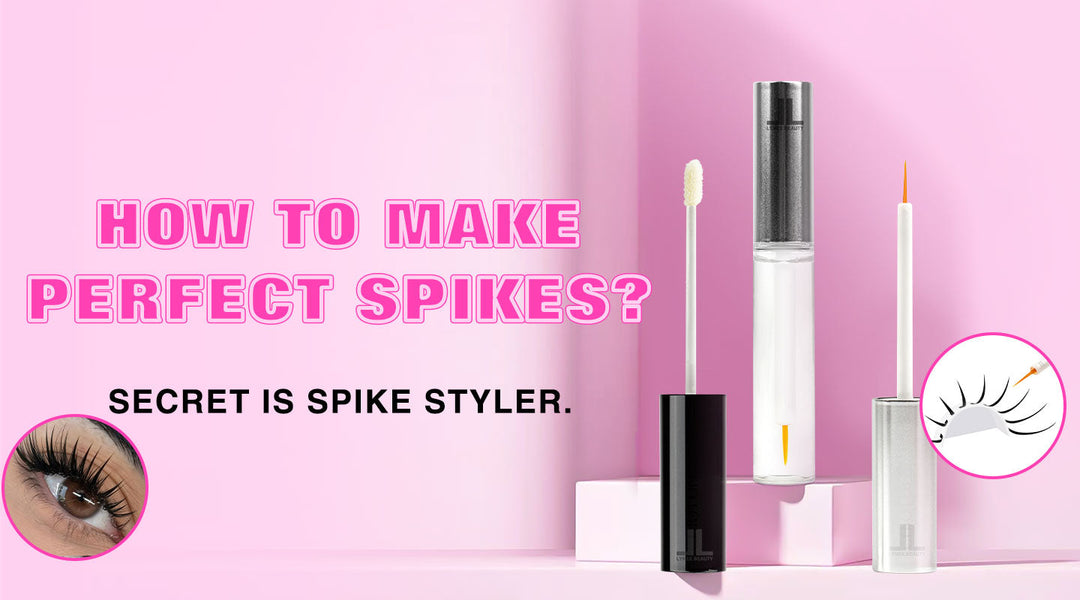If you’ve been in the lash extensions industry for a while, you know that Even subtle changes in the environment can drastically impact how your glue performs—and by extension, how long your lash sets last. Let’s break down why this happens and how to stay ahead during those hotter months.
The Relationship Between Temperature and Humidity
Both temperature and humidity influence lash glue performance, but humidity is the primary driver of changes in drying time. That said, temperature shifts are easier to detect, making them the first thing we often try to control in the lash salon.
For optimal glue performance, keep your lash room at 20–22°C (68–72°F). Higher temperatures accelerate curing, forcing you to dispense fresh glue drops more frequently and potentially compromising retention for already-applied lashes if overlooked. Cooling the space with fans or air conditioning helps, but note: these solutions can also alter humidity levels.
- Open windows: Fresh air but increased humidity.
- Air conditioning: Cool and comfortable but can dry out the room over time.
Pro tip: Use a digital hygrometer to monitor conditions in real time. This allows you to adjust your glue or setup proactively.

When Humidity Drops
Low humidity might not seem harmful at first—it doesn’t directly damage retention since the glue still cures. However, it disrupts your usual rhythm. If your glue typically cures in 1 second but now takes longer, you’ll likely see misaligned lashes, crooked fans, or excess stickiness.
How to raise humidity safely:
- Humidifier: Essential for dry climates or air-conditioned salons. Choose sleek, quiet models that blend with your salon aesthetic. Avoid placing them directly over your workstation; gradual humidity increases are key.
- Microfiber brush + water: Lightly dampen the eyepatch area to raise local humidity (take care to keep water away from the lash line).
- Lash bonder: This product enhances bonding and improves glue performance in dry conditions by increasing grip and speeding up drying time.

When Humidity Rises
On the flip side, high humidity can accelerate curing too much. If glue starts setting before the extension reaches the natural lash, you’ll experience poor bonding and weaker retention. While lowering humidity is trickier, these solutions help:
- Dehumidifier: Ideal for muggy days, especially models with built-in air purifiers.
- Slower-drying lash glue: In summer, switch to a glue with a slightly longer drying time. If your go-to glue dries in 1 second or less, it may be too fast for high humidity. A slower-drying formula will adjust more gradually to humid conditions.
Additionally, refresh your glue more frequently in hot, humid weather to avoid thickening. Use a glue shaker to mix glue quickly and evenly, saving time during application.

Extra Summer Tips for Lash Techs
Summer doesn’t just change your workspace—clients’ habits shift too. Increased sunscreen use, sweat, and water exposure (pools, saunas) all impact retention.
To help lash sets last:
- Thorough pre-treatment: Remove oils, sweat, and skincare residue before starting.
- Seal with a superbonder: Finish each set with a superbonder to lock in glue, add elasticity to bonds, and improve water resistance.
- Frequent infill reminders: Advise clients to schedule more frequent touch-ups in warm weather and emphasize the importance of aftercare.
Heat and humidity aren’t enemies—they’re variables to master. By monitoring conditions, adjusting tools and techniques, and guiding clients on care, you can maintain lash set longevity all summer long. Stay proactive, stay precise, and let every set thrive in any climate!












